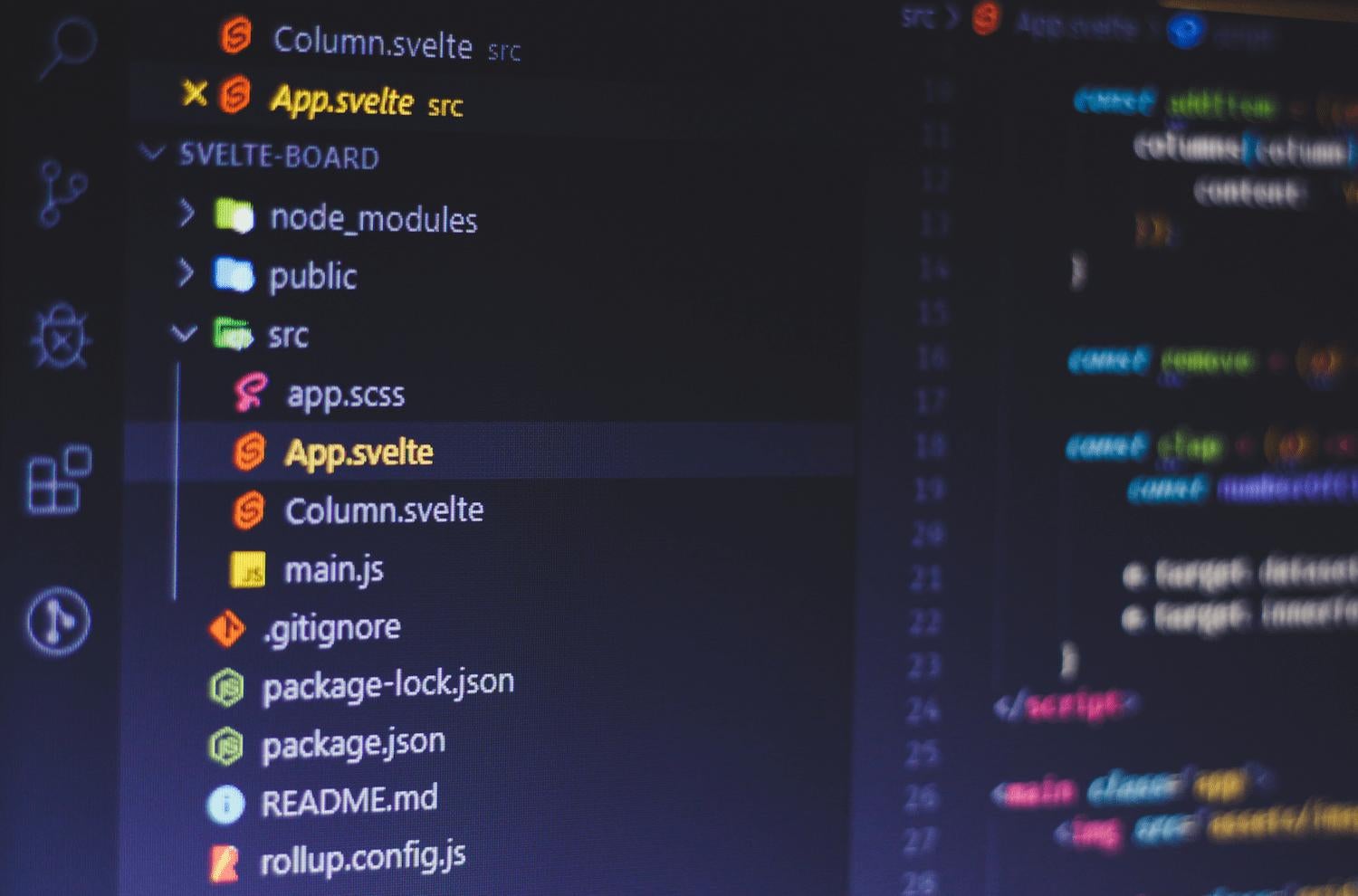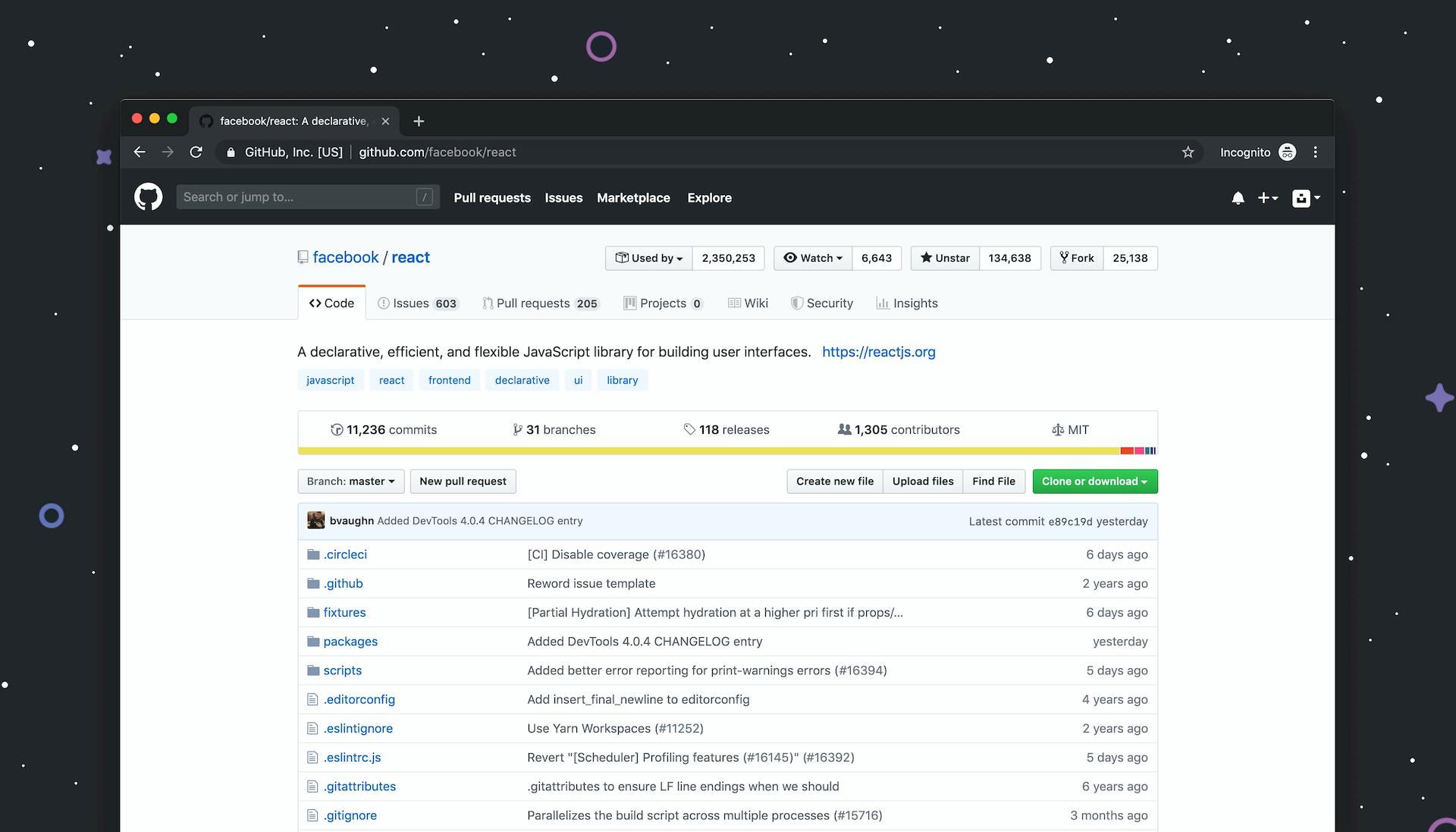React, Angular, and Ember used to be at the forefront of web development, competing to be the best JavaScript framework, but Vue quickly gained ground, displacing Ember and claiming its place.
In 2023, history appears to be repeating itself as the popularity of Svelte, a relatively new frontend framework, is growing exponentially. Whether Svelte has what it takes to be a major contender is a question we can't help but wonder.
IT is undoubtedly the sector that is changing the fastest, and since then, the newcomers, such as Svelte, have entered the market and caused quite a stir. Today, I’m going to compare an old-timer – Vue, with a novice – Svelte. Which frontend Javascript framework—Svelte vs. Vue—would best fit your needs? Let’s find out.
About Svelte
Svelte is a relatively new free JavaScript framework for creating interactive websites. Svelte's main idea is similar to those of other Javascript frameworks like React and Vue in that it allows for developing web applications. Yet, Svelte is a lightweight framework that offers a number of features that give developers a special experience, such as less code, no virtual DOM, and true reactivity.
Released in November 2016 by Rich Harris, a graphics editor for The New York Times, Svelte is one of the most lightweight and fastest frontend frameworks. It’s known for being fast-performing as it works as a Svelte compiler and all framework's work is done during the build step, leaving less work for the browser. It’s praised for its great developer experience, allowing engineers to deliver value faster, with less framework overhead. Even less experienced developers can easily hop on a Svelte project.
Even though Svelte is quite new on the market, its unique qualities have the sympathy of developers. And there are numbers to prove it! Svelte was voted the most loved framework on StackOverflow, proving it has a devoted fanbase.
About Vue
Vue.js, commonly known as Vue, is a framework for frontend web applications, based on JavaScript and the Model-View-Controller model. It was created by the programmer Evan You and is maintained by him and the rest of the active core team members. Launched in February 2014, Vue manages to grow in popularity rapidly and has gained much traction.
Vue is an open-source framework that is funded by donations from sponsors and partners. One of the factors contributing to Vue's popularity is its open-source philosophy, combined with its features and support, which make it a formidable competitor to Facebook's React and Google's Angular.
Vue can be used for developing UI for web apps, as it's widely appreciated as progressive and highly adaptable. It’s also known for extensive flexibility with the option to reuse existing code, high compatibility and cross-platform availability. To ensure its performance, it uses virtual DOM.

Which Framework Best Fits Your Business?
Let's compare and contrast some important features of these two Javascript frameworks.
Svelte vs Vue perfomance
Both Svelte and Vue employ two-way data binding, as is the case with most frontend frameworks. A technique like this encourages responsiveness over stability since it allows two objects to be connected together and update themselves when changes are made to one. It makes both Vue and Svelte highly reactive.
However, as always, there can be only one winner. And in the case of performance, it’s Svelte. Why so? Svelte primarily is a compiler. It has the ability to produce code while also optimizing it in one step, improving performance. As a result, there is less runtime overhead, and users benefit from seamless transitions and incredibly quick rendering.
Virtual DOM is another distinguishing factor that cuts down on runtime. The speed is streamlined since concurrent mods and virtual DOM optimizations are not required. Svelte handles updating the virtual DOM by modifying the components directly, cutting away the laborious process of comparing virtual DOM objects.
Performance-wise, Svelte.js and Vue are not drastically different. Vue employs Virtual DOM, which is slower than Svelte's use of compile-time decision-making, although the tool is well-known and optimized. Also, when it comes to Svelte vs. Vue speed, Svelte has the upper hand.
Ease of maintenance, updates, and sizing up
Vue is very flexible, allowing reusing the code parts for other projects at different places in the project. This feature opens up many possibilities, as it means Vue can be used both in simple reactive apps and more complex digital products.
Svelte is great for building small interactive projects and custom code parts for other projects. It's great for a mobile-first approach thanks to its light bundle size and great performance. Slow mobile connection and budget devices are not a problem. However, creating larger applications can be more challenging than other frameworks, as it is mostly used for building static web apps and reusable components.
Developer community support
Having strong community support is very important when it comes to software development. Without support from other programmers, it may be extremely difficult to solve some common issues. Moreover, strong and robust community support usually is positive evidence of user experience and ease of use.
In terms of popularity among the devs, Vue is in 6th place on StackOverflow with about 90.4k members on Reddit. Svelte is left far behind, taking the 16th place on StackOverflow and having 20.2k users on Reddit.
But what if we take another merit from StackOverflow, for example, comparing the most loved framework category? It changes the narrative, with Svelte taking 2nd place here in 2022 with 75.28% approval – a slight decline from the previous year when it secured first place. At the same time, Vue is left behind on the 10th with 63.16% of votes.
What exactly does it mean? From the business perspective, it will be easier to find developers who specialise in Vue, as many developers are already using it, and many are about to learn. However, we can’t underestimate the importance of satisfaction. Svelte has a much higher satisfaction rate, so the devs you hire will more likely have a better experience working on a project.
Learning Curve
Another crucial aspect to consider is how simple the framework is for developers to understand. A steep learning curve can deter programmers from using said frontend framework.
Svelte doesn't have a challenging learning curve. One of the most current frameworks on the market, it offers fewer intricate and complex features that call for in-depth comprehension and more specialized knowledge. Developers who have a basic understanding of JavaScript can use it without major complications. In order to make the process of creating apps using Svelte easier, it also includes a ton of reusable components that were created using HTML, CSS, and JavaScript. And yet, although simple, it's as powerful, robust and easy to maintain as Vue.
Vue also has an easy learning curve. With little effort, anyone who is familiar with ECMAScript 6 and the fundamentals of JavaScript programming may become comfortable with the Vue.js framework.
Read also: Svelte vs React: TOP 6 Differences You Need To Know
Recommendations
Both frameworks have advantages and disadvantages regarding frontend development. You need to consider the type of website or web app you want to build and the available resources. Here are some recommendations.
Vue is best suited for developing:
-
Single page applications (SPAs)
-
MVPs as interactive prototypes
-
Progressive web applications
-
Dynamic landing pages.
Svelte works best when developing:
-
Minimum Viable Products (MVPs)
-
Fast static web apps
-
Mobile-first web applications
-
Responsive landing pages
-
Custom code and reusable components to integrate into other web apps.
Svelte vs Vue. Final Thoughts
As you can see, choosing a Javascript framework is not an easy task. Both Svelte and Vue come with numerous advantages and some limitations, so it’s important for you to set your priorities and decide what features are the most important in your software development process.
Moreover, as I mentioned before, you should also consider what type of website or web app you are going to build, as both Vue and Svelte perform better in different environments and are suitable for different projects.
If you're not sure which technology to choose for your digital product, feel free to contact us. With our extensive experience, we can easily find the best solution for you.



